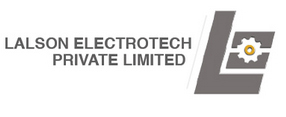COPPER PLATING SERVICE
Copper is a metallic element with a red-orange color known for its high electrical conductivity, malleability and corrosion resistance. These properties make
copper a popular choice for coating components in a wide range of industries — from aerospace and automotive to electronics and telecommunications.
WHAT ARE THE ADVANTAGES OF ELECTROPLATING WITH COPPER?
Although electroplating can be used for many different types of metal coatings, copper electroplating comes with several distinct advantages. Copper is an
excellent conductor of electricity, so you can use copper electroplating to improve the conductivity of a base material. Copper is also highly malleable,
making it ideal for components that bend, and offers good protection against corrosion.
WHAT APPLICATIONS USE COPPER ELECTROPLATING?
Many industries rely on copper electroplating for their electrical, industrial and heating applications due to the material's conductivity and thermal
properties. Copper electroplating can also be used as an undercoat before applying other coatings or as a treatment for surfaces before soldering.
Manufacturers may choose to coat plastic components or products with copper to enhance performance. You can find copper electroplating in
semiconductors, printed circuits and more.
ASTM B 449-93
- Class 25 - 25um minimum coating thickness
- Class 20 - 20um minimum coating thickness
- Class 12 - 12um minimum coating thickness
- Class 5 - 5um minimum coating thickness
- Class x - Thickness as specified [um]
AMS 2418
- Type I (Engineering Plating) shall designate a thickness of 0.0005"
to 0.0007"
- Type II (Plating for Masking) shall be nominally 0.002" with no
area having a plate thickness of less than 0.0007"


